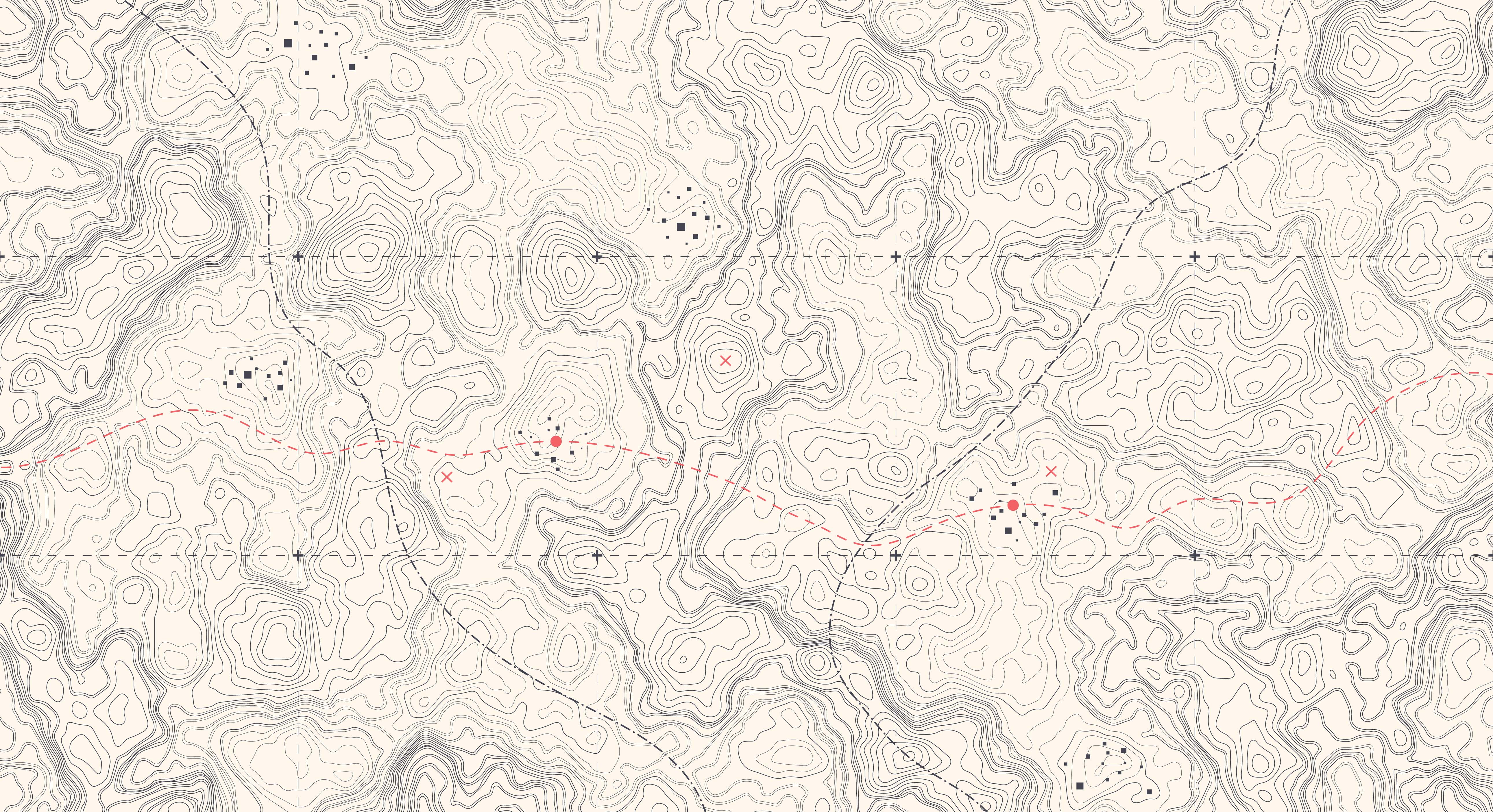
Building an EdTech product roadmap is equal parts business strategy, customer empathy, and discipline. Teams are constantly flooded with ideas from teachers, district leaders, and internal stakeholders. But not every good idea deserves roadmap real estate. A strong roadmap focuses on the ideas that simultaneously meaningfully improve educator workflows, strengthen student outcomes, and drive the business forward.

In education, a beautifully built feature doesn’t matter if it doesn’t work for the people who actually use it. Teachers juggle 100 micro-decisions a day, counselors are constantly triaging student needs, and principals are stretched thin managing systems, people, and pressure. When we release new features without real-world usability testing, we risk adding friction to workflows that already feel overloaded. That’s why usability studies with real customers are one of the highest-leverage steps in the product development process.

In the rapidly evolving era of artificial intelligence (AI), edtech product developers carry a profound responsibility: to design solutions that empower — rather than displace — teachers, administrators, and school leaders. When AI is layered into educational tools, the question isn’t simply “What can the technology do?” but more critically “What do the people in the system need and how can AI serve them?”

Brand gaps create problems in K-12 and higher ed because folks eventually discover that what they were promised wasn’t what was offered. They're the invisible force slowly chipping away at your enrollment, perception, and overall health. So how do you detect and prevent them?

"The emergence of design thinking in the twentieth century lies in a concern to connect and integrate useful knowledge from the arts and sciences alike, but in ways that are suited to the problems and purposes of the present.

Imagine for a moment you’re researching possible schools for your child. You’re online looking at websites, and most are confusing, cluttered, and uninspired. They do little to communicate what the school believes, or what makes it unique.

We work in an area of Pennsylvania with many “good” public schools. I say “good” because there are a number of high schools in this area that sit at the top of the rankings for “Most Challenging Schools” or “Best High Schools” done by any number of publications in the state/nation.